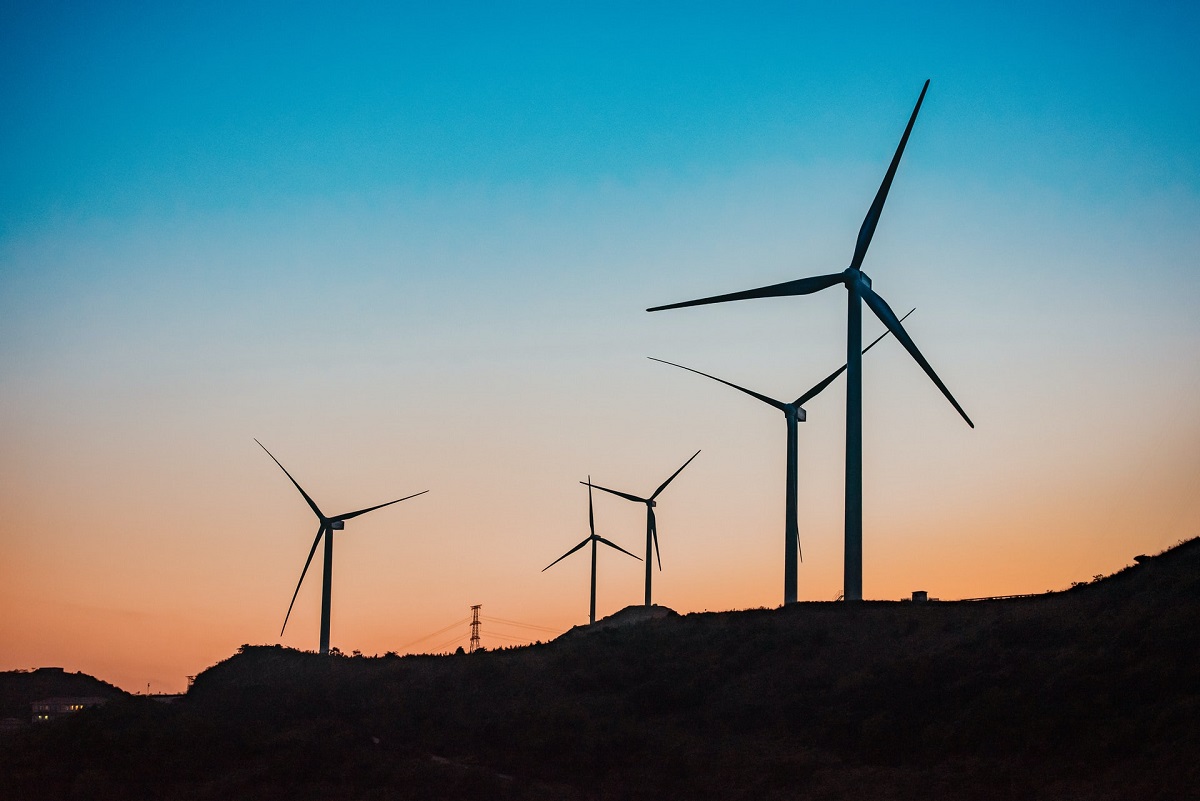Norsk Hydro, a Norwegian producer of aluminum, and two partners said on Monday that they intend to develop an onshore wind farm on Norway’s west coast for a price of between $3 billion and $4 billion in Norwegian crowns.
If permitted, the project would use 50 wind turbines to provide 1 terawatt hour (TWh) of clean energy for both current and future industries in the Hoeyanger and Sunnfjord regions.
Local communities in Norway have recently opposed onshore wind farm projects out of concern for the preservation of pure nature, but Hydro said it aimed to overcome any potential opposition.
According to the company’s statement, the project will generate local value throughout the development and operation of the wind farm and offer yearly income for the municipalities of Hoeyanger and Sunnfjord.
By 2030, Hydro Hoeyanger will require more renewable energy to maintain its 180 local jobs and aluminum production.
Hydro is a provider of renewable energy. They are a top producer of aluminum and renewable energy that has made business opportunities possible for more than a century by creating goods, services, and industries that meet the needs and demands of people all over the world.
How do wind farm work and who produces more?
Wind turbines transformed into electrical power the kinetic energy of the wind to generate electricity. A wind turbine’s rotor blades use a driving shaft to send wind energy to a generator inside the nacelle. Regardless of how strongly or gently the wind blows, the rotor blades can be adjusted to generate the most electricity. They frequently installed wind turbines in locations with consistent and abundant wind, such as hilltops or along the shore.
The price of wind energy has drastically dropped over the past several years, and in many parts of the world, building new wind farms is now more feasible than building new gas or coal power plants. Modern technology has improved the dependability and effectiveness of wind turbines. They require less maintenance, and last longer.
Norway produced 144 terawatt-hours of hydropower in 2021, making it the greatest producer in Europe. In terms of installed hydropower capacity, Norway is also the top European nation. With 71 terawatt-hours of hydropower produced, Sweden came in second in the region.
Statkraft already operates in this region in Norway
This region of Norway already uses wind power. Here mainly operates the international hydropower leader Statkraft. Statkraft is also the biggest producer of renewable energy in Europe. The Group generates district heating, hydropower, wind, solar, and gas-fired energy. Statkraft operates in the global energy market. In 20 nations, Statkraft employs 4,800 employees.
Wind power is one of the energy sources with the fastest global expansion. Statkraft, a company that has been developing the technology for about 20 years, is the leading producer of onshore wind energy in Northern Europe.
In order to reach Sognefjorden, Hoeyanger K5 needs a height of fall of 597 meters from Lake Bergsvatn. They control the elevation of Lake Bergsvatn between 597 and 569 meters. Additionally, water is taken from many stream intakes as well as the lakes Mosdalsvatnet, Fossvatnet, and Osvatnet. K5A was replaced when it was put into service. The height of fall used by Hoeyanger K5B is 730 meters from Lake Nedre Breiddalsvatnet to Sunnfjord.
They also use the water for the city’s water supply.
Man has been using wind power since the creation of the first sailing vessels and ventilation systems around 300 BCE. It is a clean, renewable energy source that is perfect for large-scale energy generation. As we approach closer to a world without carbon emissions, wind power will become even more important.

